Living Buddhism is more than a set of beliefs; it’s a way of life that offers practical tools for navigating the complexities of existence with wisdom and compassion. From the bustling streets of Tokyo to the serene temples of Kyoto, the influence of Buddhism can be felt in myriad ways in today’s world. But how exactly can one integrate these ancient teachings into their daily routine in a meaningful way? Stay tuned to uncover the transformative power of Living Buddhism and how it can enrich your life beyond the confines of traditional practices.
Key Takeaways
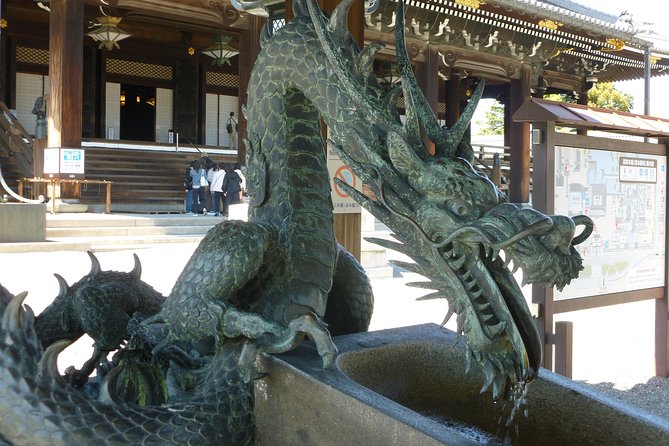
- Practicing mindfulness and meditation daily enhances spiritual growth and inner peace.
- Engaging in rituals like chanting and offerings fosters a connection to Buddhist teachings.
- Living Buddhism involves embodying compassion, loving-kindness, and mindfulness in daily life.
- Visiting temples and monasteries offers opportunities for spiritual practice and reflection.
- Applying Buddhist principles like impermanence and interconnectedness in modern society promotes harmony.
Historical Roots of Buddhism
The Historical Roots of Buddhism trace back to ancient India, where the teachings of Siddhartha Gautama, known as the Buddha, first emerged.
Born into a noble family, Siddhartha’s encounter with suffering and his quest for enlightenment led him to develop the foundational principles of Buddhism. Rejecting the extreme luxuries of his upbringing, he sought a middle path that later became one of the core tenets of the religion.
Through meditation and introspection, Siddhartha attained enlightenment under the Bodhi tree, becoming the Buddha, or the ‘awakened one.’ His teachings on the nature of suffering, the path to liberation, and the importance of compassion continue to shape the beliefs and practices of Buddhists worldwide.
Core Beliefs and Practices
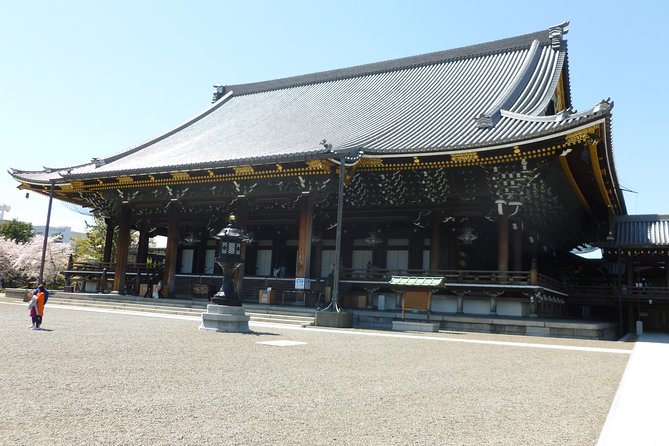
Exploring the essence of Buddhist spirituality reveals a profound intertwining of core beliefs and daily practices that shape the lives of its followers.
At the heart of Buddhism are the Four Noble Truths, which address the nature of suffering and the path to liberation. The concept of impermanence, known as Anicca, teaches acceptance of change and detachment from worldly desires.
Practicing loving-kindness, compassion, and mindfulness are essential in cultivating inner peace and wisdom. Daily rituals such as meditation, chanting, and offerings are common practices among Buddhists, fostering spiritual growth and connection to the divine.
Buddhist Meditation Techniques
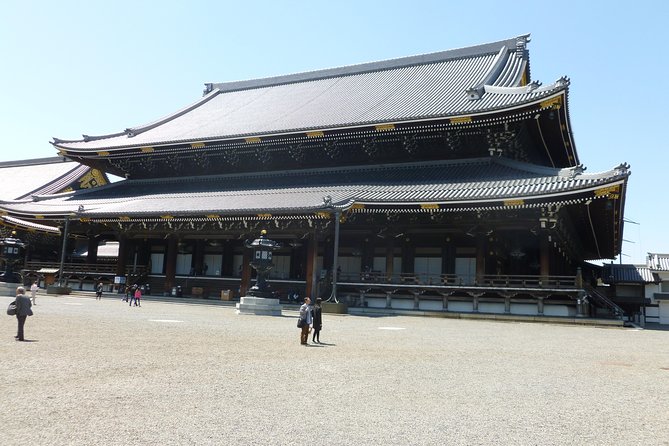
Discover effective Buddhist meditation techniques that promote mindfulness and inner peace. Buddhist meditation involves various practices that help individuals cultivate awareness and focus.
One common technique is mindfulness meditation, where one observes thoughts and sensations without judgment. Another popular method is loving-kindness meditation, which involves sending positive intentions and well-wishes to oneself and others. Concentration meditation, focusing on a single point of reference like the breath, is also widely used.
Walking meditation, where mindfulness is applied to each step taken, is beneficial for those who struggle with sitting still. By incorporating these techniques into daily routines, individuals can enhance their mental clarity and emotional well-being, ultimately leading to a more peaceful and harmonious life.
Buddhism and Mindfulness
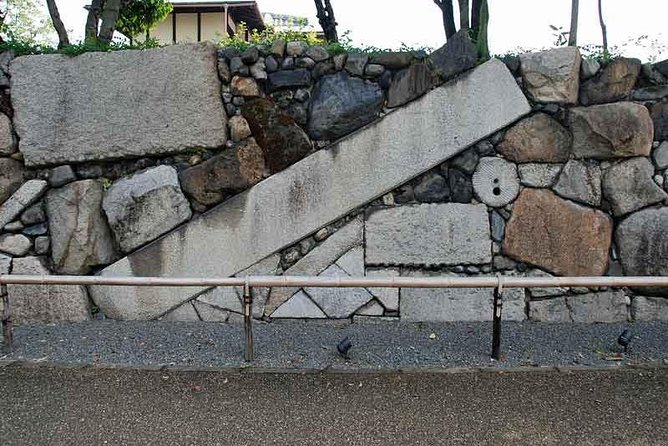
Let’s explore how Buddhism intertwines with mindfulness, guiding individuals towards a deeper connection with their inner selves and the world around them.
Present Moment Awareness: Buddhism emphasizes being fully present in each moment, cultivating mindfulness to observe thoughts and feelings without judgment.
Compassionate Living: Practicing mindfulness in Buddhism encourages individuals to cultivate compassion for themselves and others, fostering kindness and understanding.
Interconnectedness: Mindfulness in Buddhism highlights the interconnected nature of all beings, promoting a sense of unity and empathy towards the world.
Buddhist Temples and Monasteries
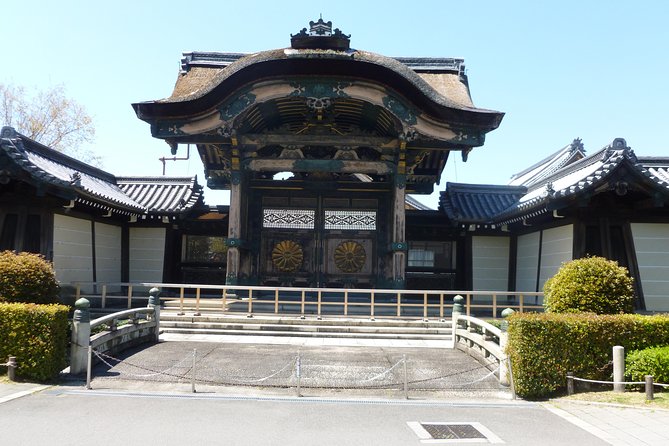
Buddhist temples and monasteries serve as sacred spaces for spiritual practice and reflection. These places offer a serene environment for individuals to engage in meditation, prayer, and study of Buddhist teachings.
Temples are often adorned with intricate architecture, serene gardens, and revered statues of Buddha and other enlightened beings. Monasteries, on the other hand, are more secluded, providing a retreat-like setting for monks and nuns to deepen their spiritual practice away from the distractions of daily life.
Visitors to these sites can witness traditional rituals, participate in meditation sessions, and even engage with resident monks or nuns to learn more about Buddhism. Each temple and monastery carries its unique history and spiritual atmosphere, inviting people to connect with the ancient wisdom of Buddhism.
Buddhist Festivals and Rituals
Explore the vibrant tapestry of Buddhist Festivals and Rituals, where ancient traditions come alive in colorful celebrations and spiritual practices.
Vesak: Celebrated on the full moon day in May, Vesak commemorates the birth, enlightenment, and death of Buddha. It’s a time of reflection, meditation, and acts of kindness towards others.
Songkran: Known as the Thai New Year, Songkran is a water festival celebrated in Thailand and parts of Southeast Asia. People engage in water fights to symbolize washing away bad luck and welcoming the new year with fresh beginnings.
Obon: Held in Japan during mid-August, Obon is a festival to honor the spirits of ancestors. Families pay respects at gravesites, light lanterns to guide spirits, and partake in traditional dances called Bon Odori.
Buddhism in Modern Society
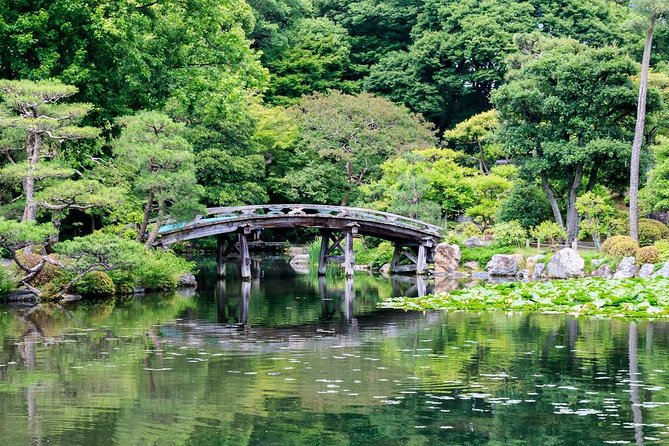
In modern society, Buddhism continues to shape individuals’ values and perspectives, offering a source of guidance and spiritual enrichment amidst the complexities of contemporary life.
While traditional practices like meditation and mindfulness remain central to Buddhist teachings, modern adaptations have emerged to cater to diverse lifestyles. Mindful living, stress reduction techniques, and ethical decision-making based on Buddhist principles are increasingly popular in today’s fast-paced world.
Moreover, the emphasis on compassion, interconnectedness, and the impermanent nature of existence resonates with many seeking solace and wisdom in the midst of societal challenges.
Global Impact of Buddhism
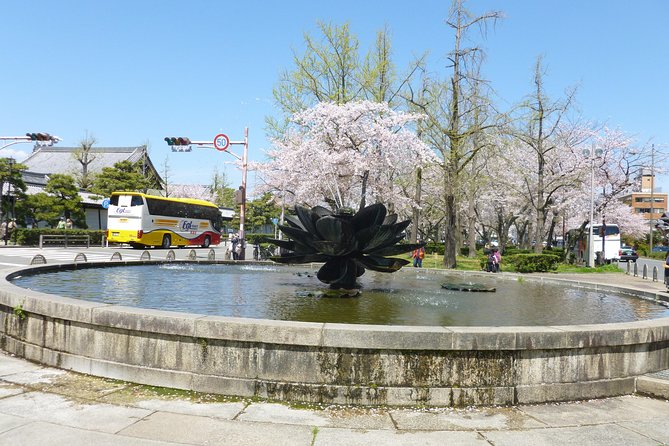
With its teachings spreading across continents, Buddhism has left a profound mark on global cultures and societies.
Buddhist meditation techniques have gained popularity worldwide, promoting mindfulness and mental well-being.
Buddhism’s emphasis on interconnectedness has inspired environmental movements and sustainable living practices.
The principles of non-violence and compassion in Buddhism have influenced global peace initiatives and conflict resolution efforts.
Buddhism’s influence extends far beyond its countries of origin, shaping mindsets and behaviors that contribute to a more harmonious and compassionate world.
Frequently Asked Questions
Is Photography Allowed During the Shosei-En Garden Tour?
Yes, photography is allowed during the Shosei-en Garden tour. Visitors can capture the beauty of the garden with their cameras. Remember to respect any guidelines provided by the tour guide to ensure a pleasant experience for all.
Are Pets Allowed in Shosei-En Garden During the Tour?
Pets are not allowed in Shosei-en Garden during the tour. The tour offers an overview of the garden with a 500 yen entrance fee, a tour guide, and it starts at 9:00 am at Hotel Granvia Kyoto.
Can I Bring My Own Food and Drinks to the Garden Tour?
Yes, you can bring your own food and drinks to the garden tour. It’s a great way to enjoy a picnic while exploring Shosei-en Garden. Just remember to clean up after yourself!
Are There Restrooms Available During the Shosei-En Garden Tour?
Yes, there are restrooms available during the Shosei-en Garden tour. Visitors can find restroom facilities within the garden premises for their convenience. The tour ensures that guests have access to this essential amenity.
Is There a Dress Code for the Shosei-En Garden Tour?
There isn’t a strict dress code for the Shosei-en Garden tour. Visitors are encouraged to wear comfortable attire suitable for walking. It’s more about enjoying the serene surroundings than adhering to a specific dress standard.
Conclusion
In conclusion, Living Buddhism offers a transformative path to navigate the complexities of modern life with mindfulness and compassion.
By integrating core beliefs into daily practices, individuals can cultivate a deeper sense of interconnectedness and purpose.
With a focus on meditation, ethical conduct, and awareness of impermanence, Living Buddhism provides a holistic framework for personal growth and societal harmony.
Embracing these teachings can lead to a more fulfilling and balanced existence in today’s fast-paced world.






